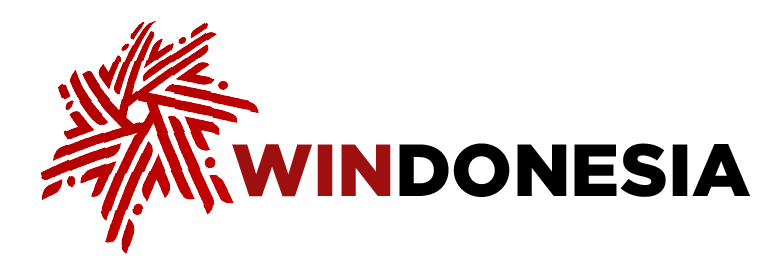Latest News
The smiles of children spread while waiting for the fishing boat they were on to dock at Jailolo Harbor in West Halmahera Regency, North Maluku Province at 09.46 Central Indonesia Time on May 28, 2025.
For about an hour, their vessel sailed in Jailolo Bay with six others for Sigofi Ngolo - a ritual to request permission from nature so that the 2025 Jailolo Bay Festival activities would run smoothly.
The sacred ritual involving indigenous people is usually carried out before the start of the Jailolo Bay Festival. It was attended by people from various ages, with Jaililo Sultan Ahmad Sjah also taking part.
"This activity is a tradition from our ancestors," said Ahmad.
The Sigofi Ngolo ritual begins with the gathering of the local community at Jailolo Harbor in the morning, including indigenous people from the Jailolo Sultanate's Palace area.
Several boats from traditional villages and local fishermen then transported the group to Baboa Island, which could be reached in less than 30 minutes via Jailolo Bay.
Baboa Island is considered holy by the people of Jailolo becuase it is believed to be the resting place of their ancestors. There is also a sacred tomb located on the island.
Boats participating in the Sigofi Ngolo ritual are required to circle the island thrice. The ritual continues with a flower-laying activity by the Sultan of Jailolo and other community leaders in Jailolo Bay.
In the final series of activities for Sigofi Ngolo, the participating fishing boats are required to circle the ship carrying the Sultan of Jailolo. Afterwards, all ships may return to the harbor to dock.
The 2025 Jailolo Bay Festival lasted for 4 days on May 28-31, 2025. The event presented various activities, ranging from cultural exhibitions, creative competitions, to adrenaline-pumping sports activities.
"Of course, this year's Jailolo Bay Festival has something different," said West Halmahera Regency Tourism, Youth, and Sports Office Head Fenny Kiat.
This year's Jailolo Bay Festival includes an expedition to Mount Gamkonora, a favorite for climbers in West Halmahera. Dozens of participants from various regions take part in the expedition to the 1,560-meter mountain, with the climb to the top usually taking around 6-7 hours.
In addition, the 2025 Jailolo Bay Festival also has a flying board show, which features a water sport that allows users to float above the surface using water jets attached to their hands and feet.
Moreover, Fenny said that this year's Jailolo Bay Festival has a running activity and Orom Sasadu Kontempor, which is a tradition of eating together with the Sahu community in West Halmahera Regency.
Meanwhile, a traditional rowing competition and music performances on Jailolo Bay Festival 2025's main state are held at the festival's main event on May 31, 2025.

